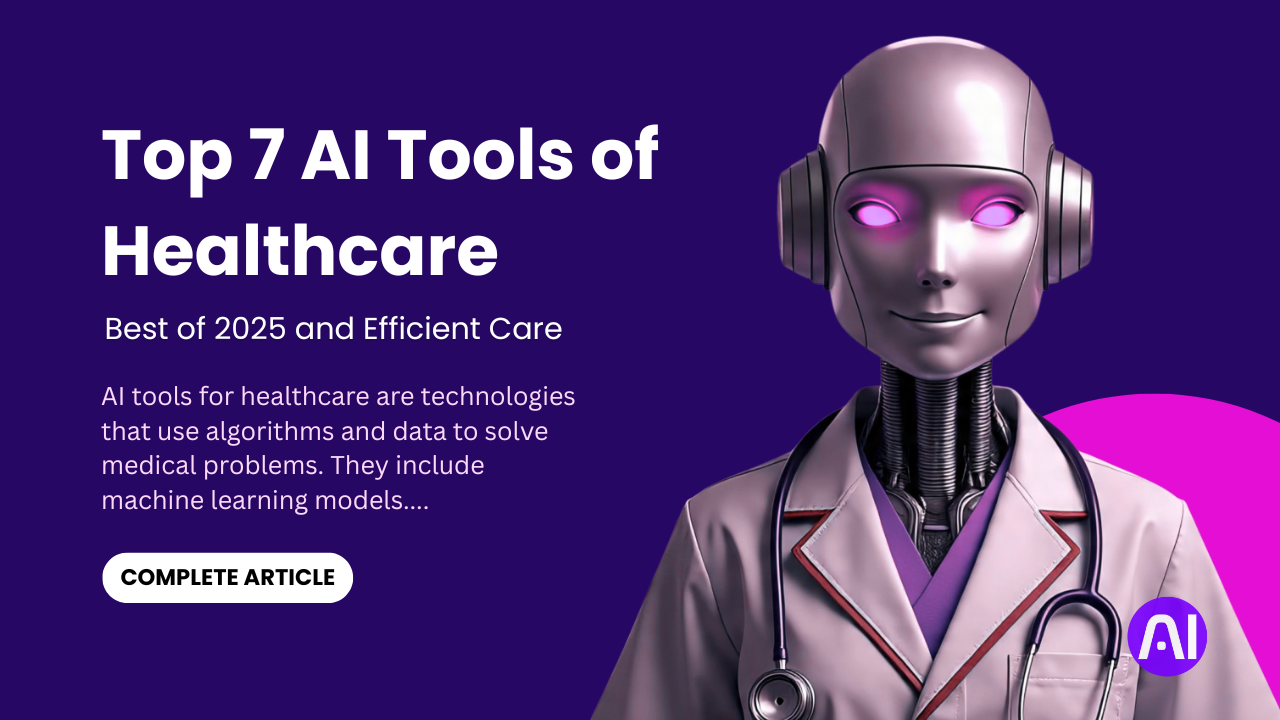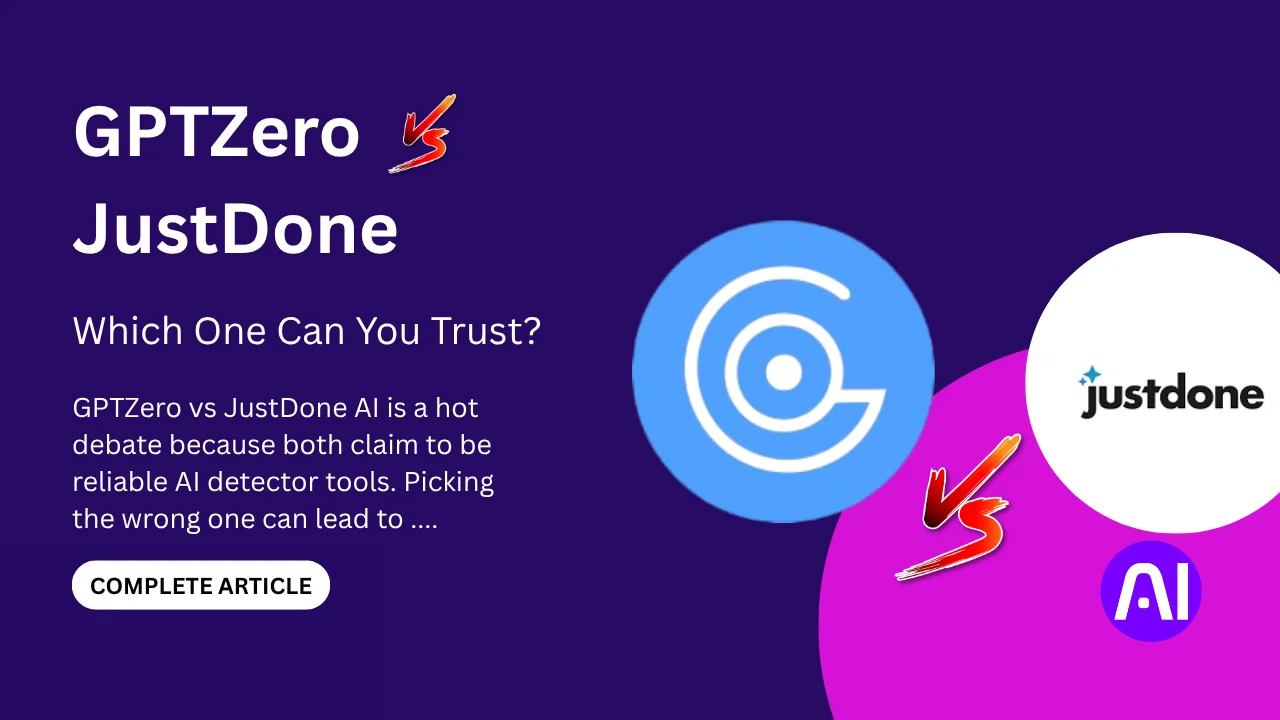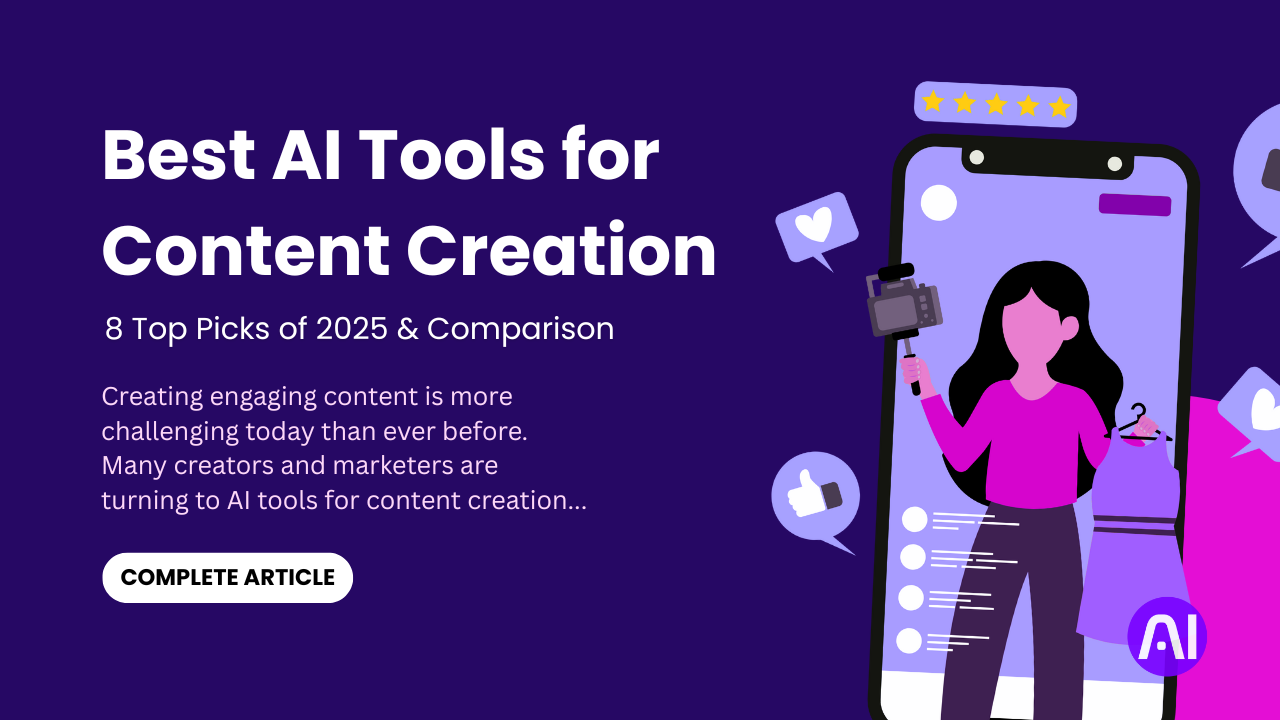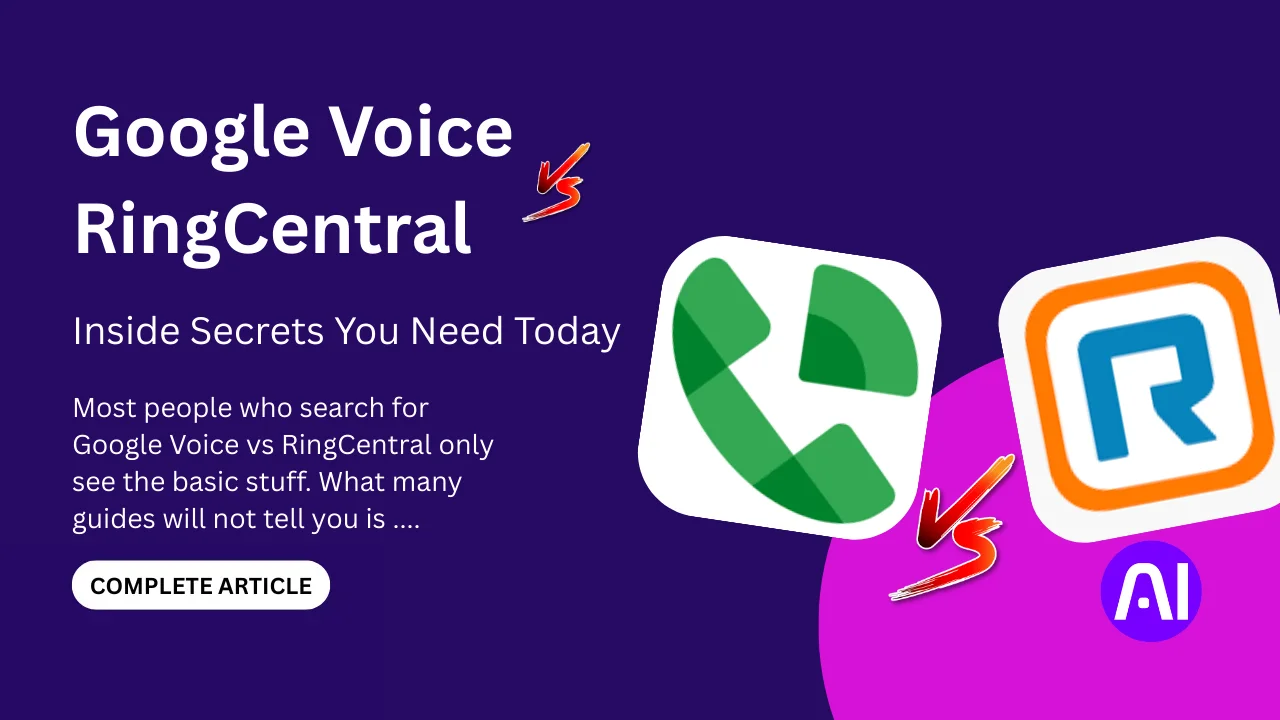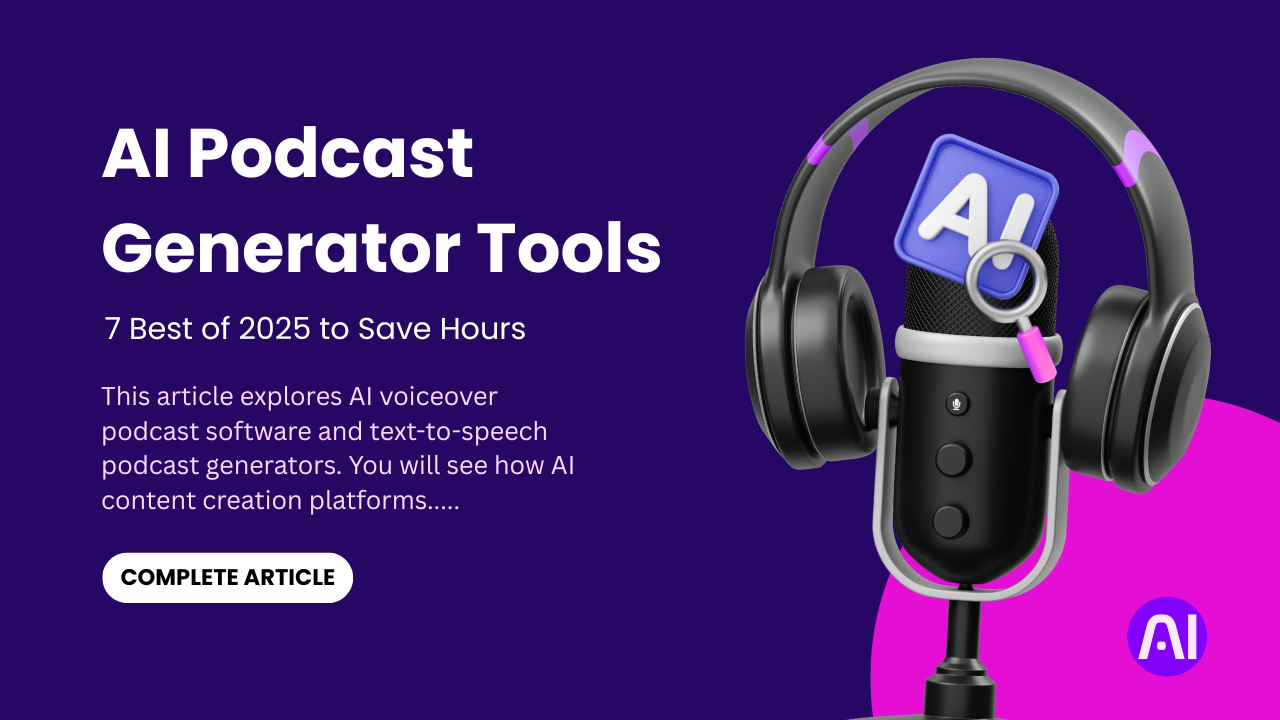Microsoft saved $500 million by implementing AI-powered process automation. That’s not just a number, it’s proof of what smart software can do. Big companies aren’t the only ones seeing results. Small businesses and startups are also growing faster by using these tools.
This article shows how intelligent software solutions improve business efficiency. Whether you’re just starting or managing a big company, you’ll learn how to boost productivity with real tools and steps. We’ll break down what works and why it matters using simple, clear language anyone can follow.
You’ll discover how automated software solutions and intelligent system software save time, reduce mistakes, and help teams work better. We’ll explain where to start and which AI-driven software tools to pick. Plus, we’ll look at the best intelligent software solutions for enterprise automation used today.
In the sections below, you’ll explore real examples, expert tips, and the latest tools that help companies grow faster and smarter. This is not just tech talk, it’s a guide to real results. Get ready to unlock new ways to work better, faster, and with less stress using smart software applications.
What Are Intelligent Software Solutions?
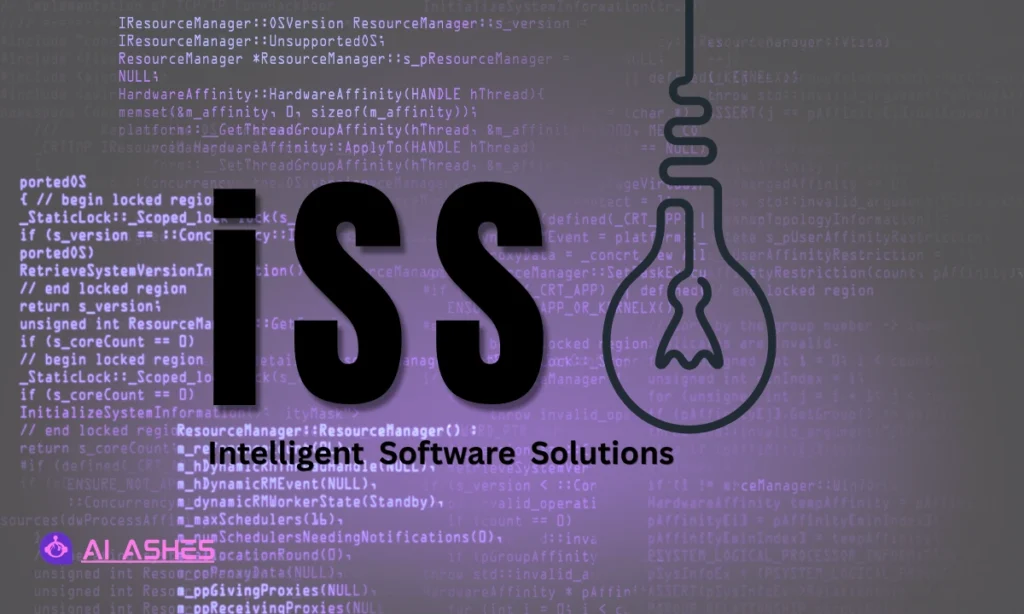
Intelligent software solutions are smart tools that help businesses work faster and better. They use artificial intelligence (AI) and machine learning to do tasks that normally need human thinking. These tools can learn from data, make judgments, and solve issues.
Unlike regular software that follows simple rules, smart software applications can think, adjust, and improve over time. They don’t just follow commands. They recognize patterns and select the optimum path.
AI-driven software tools are used to manage time, data, and teams. They reduce human errors and save effort. They can handle emails, customer chats, data entry, and more, all without breaks.
Here’s how they stand out from old systems:
- Basic automation only follows set rules.
- Legacy systems are typically sluggish and require manual updating.
- Intelligent software automatically learns and adjusts.
Some popular types of intelligent system software include:
- Intelligent automation: Combines AI with task automation. It helps in making smart choices while doing work faster.
- Robotic process automation (RPA): Uses bots to do simple, repeated jobs like filling out forms.
- Hyperautomation: Goes beyond RPA by adding AI, analytics, and other tools.
These tools help businesses stay ahead in a fast world. They offer better service, faster delivery, and lower costs.
Want to go deeper into how these tools work? Learn how intelligent automation combines AI and RPA to make systems even smarter.
In short, intelligent software solutions are changing the way companies work. They are smart, fast, and always learning. And they are not just for big companies. Even small teams can use them to get big results.
Core Efficiency Gains from Intelligent Software
Intelligent software solutions are not just smart. They bring real changes to how businesses work. From saving time to keeping customers happy, these tools do it all. Let’s look at the main ways they boost business efficiency.
3.1 Streamlined Workflows & Fewer Errors
Many businesses waste time on manual tasks. These include data entry, form approval, and status updates. Smart software applications take over these jobs.
For example, using automated data entry can reduce human mistakes by up to 80%. Approval workflows become smoother and faster. Less waiting means more doing.
Error reduction software checks mistakes before they happen. It corrects entries, flags missing info, and keeps everything on track. This saves hours every week and prevents costly errors.
Key benefits:
- Tasks get done faster
- Fewer mistakes
- Better use of staff time
3.2 Faster, Smarter Decision-Making
AI-driven software tools help leaders make better choices. They use real-time data, trends, and smart models to give clear answers.
Machine learning systems analyze previous data to anticipate future events. This helps in planning sales, managing stock, and setting prices.
A tool like Konker can forecast trends and show what’s likely to happen next. That’s better than guessing or going with a gut feeling.
Predictive analytics is reshaping how businesses make data-driven decisions.Predictive analytics tells you what’s coming. You can get a head start and remain ahead.
What this means:
- Faster planning
- Smarter choices
- More profits with less risk
3.3 Scalable Operations
As your business grows, your tools must grow too. That’s where scalable enterprise automation comes in.
Robotic process automation (RPA) helps by doing the same task again and again, even at a bigger scale. No need to hire extra people for simple work.
Adaptive AI systems can learn and respond to larger workloads. They don’t crash under pressure. They grow with your business.
So you can:
- Handle more work without stress
- Expand without breaking systems
- Keep costs low as you grow
3.4 Improved Customer Experience
Today, people want fast replies and friendly service. AI customer support tools products do exactly that.
Chatbots can answer questions 24/7. No waiting in line. They solve problems fast or send the case to a real person when needed.
Every chat, phone, and email generates data for intelligent CX solutions. They discover what clients want and help your team perform better.
Smart software can also power your CRM. It tracks sales, checks customer moods, and even suggests the next best action.
This means:
- Happy customers
- Quick support
- Higher sales
From fewer errors to happier clients, intelligent software solutions help every part of a business run smoother.
Core Efficiency Gains from Intelligent Software
Why Smart Automation Works is no longer a question. It is the reason many top companies move faster, save money, and make fewer mistakes. With the right intelligent software solutions, businesses can change how they work in just weeks. These tools are not just smart, they’re powerful and easy to scale.
3.1 Streamlined Workflows & Fewer Errors
One of the biggest wins with smart software applications is how they handle routine tasks. For example, companies using automated data entry tools see over 60% fewer mistakes. That’s a big change, especially when dealing with customer records, billing, or inventory.
Error reduction software also checks for missing or wrong details. It can flag issues before they grow into big problems.
Here’s what happens when workflows get automated:
- Approvals move faster through AI-powered systems
- Tasks get done with no back-and-forth or manual checks
- Teams spend less time fixing mistakes
By using these tools, companies save hours every day. And those hours turn into real results.
3.2 Faster, Smarter Decision-Making
AI-driven software tools are not just for tasks. They also help leaders make quick, smart choices. These systems use predictive analytics and machine learning systems to study data and guess what might happen next.
Let’s say a company wants to know which product will sell best next month. With ML-powered forecasting, it can use past data and current trends to make a smart guess.
This helps in many areas:
- Managing stock levels
- Planning marketing steps
- Avoiding risk and waste
Smart tools help leaders take action before problems happen. Learn how real companies use this tech in Predictive Analytics in Business.
3.3 Scalable Operations
Scalable enterprise automation means your software grows with your business. If you hire 10 new people or launch in another city, your tools should keep up. That’s where adaptive AI systems come in.
These systems learn as you go. They adjust without needing a full reset or new setup. A good example is robotic process automation (RPA). You can add more bots as you grow, without hiring new staff.
Here’s what you get with scalable systems:
- Handle more work without slowing down
- Cut costs on hiring and training
- Keep systems running 24/7
This kind of smart growth keeps you one step ahead.
3.4 Improved Customer Experience
People want fast help. They don’t want to wait on calls or get the wrong answers. That’s where AI customer support tools shine.
Chatbots and intelligent CX platforms help answer questions, track orders, and even suggest products. These tools never sleep. They give support at any time, in any language.
AI-powered CRM tools also learn what each customer needs. They can send the right messages at the right time, making users feel seen and valued. Many big brands are already using AI in customer experience to build stronger relationships and improve satisfaction.
In short, using AI-driven software tools helps you serve better, faster, and smarter. It’s not just good for customers. It also makes your team’s job easier.
With all these gains, intelligent software solutions are no longer an option. They are the key to running a business that is fast, smart, and ready for the future.
Real-Life Use Cases & Success Stories
Intelligent software solutions are not just a trend. They are changing how real companies work every day. From saving money to helping customers faster, the results speak for themselves. Here are three real stories that show what these tools can do.
Case Study A: Microsoft’s $500M+ ROI
Microsoft used AI-driven software tools to improve its internal systems. The result? More than $500 million in savings in just one year.
The company focused on reducing waste, automating workflows, and speeding up decisions. They used AI-powered workflow automation to cut long approval steps and reduce manual work.
This reduced human mistakes and made things operate more quickly. Microsoft also used predictive tools to plan better and avoid problems early.
Case Study B: Telstra’s AI‑Powered Service Center
Telstra, a top telecom brand in Australia, used AI customer support tools to improve service. Before AI, many customers waited too long to get help. Now, smart chatbots and intelligent CX platforms handle most questions right away.
This change helped:
- Lower call wait times
- Improve customer feedback scores
- Reduce pressure on human agents
The new system also learns from each chat, making it smarter every day.
Case Study C: Supply Chain Gains via Predictive AI
A large retail company used predictive analytics to improve its supply chain. Before AI, they often ran out of stock or ordered too much. This cost time and money.
Now, machine learning systems study past sales, weather patterns, and market trends. They give smart forecasts on what to order and when.
Here’s what changed:
- Fewer stock-outs
- Less waste from over-ordering
- Better delivery times
This is a perfect example of how intelligent software solutions improve business efficiency. With better data, the company made faster and smarter choices.
These success stories show that smart software applications are more than tools. They are real solutions for real problems. They save time, reduce expenses, and enable teams to do more. Whether it’s a tech giant like Microsoft or a telecom like Telstra, intelligent software solutions work for all types of businesses.
Step-by-Step Implementation Guide
Getting started with intelligent software solutions may feel big. But with the right steps, it becomes easy to follow. Below is a simple guide to help you start and grow with smart tools.
Step 1: Audit & Identify Bottlenecks
The first step is to find where your business is slow or stuck. Use workflow mapping software to see each task clearly. Look for jobs that take too long or cause delays.
This audit helps you find:
- Repeated tasks that can be automated
- Time wasted on approvals or manual data entry
- Gaps where teams work in silos
Once you see the problems, you can fix them with the right software.
Step 2: Select Smart Software Applications
Now choose the right tools to solve the problems you found. Smart software applications come in many types. Some help with emails or forms. Others help with customer service or team tasks.
Compare tools like:
- Robotic Process Automation (RPA) for handling repeated actions
- Intelligent CRM systems for better customer tracking
- AI chatbots to reply faster and smarter
Pick tools that match your team size and budget. Try to go for simple tools that grow as you grow.
Step 3: Pilot with AI-Driven Software Tools
Start small. Run a test using pilot AI solutions. This is called a proof of concept. It helps you see what works before using the tool across the whole company.
Pick one task or team for the test. Then measure how the tool helps. Look at:
- Time saved
- Errors reduced
- Customer response time
If the test goes well, plan how to grow it. Learn more about testing proof-of-concept AI tools from industry best practices.
Step 4: Scale & Integrate
Once your pilot works, it’s time to scale up. Use enterprise system integration software to connect your tools. Make sure your CRM, email, sales, and support tools talk to each other.
This helps break silos and creates a smoother workflow. Teams can work together using shared data. It also cuts down on delays from switching between apps.
When scaling, remember to:
- Keep tools updated
- Share feedback across teams
- Choose tools that offer easy upgrades
Step 5: Train & Monitor
Tools only work well if people know how to use them. Use AI training platforms to help your team learn. Teach them how to handle smart tools, dashboards, and reports.
Also, keep an eye on how the tools behave. Use AI governance systems to make sure the tools stay fair, safe, and helpful.
Training is not one-time. Keep updating your team with new tips and features.
By following these five steps, you can go from zero to full speed with AI-driven software tools. Start small. Test smart. Then grow big with confidence. This way, your business gets faster, more accurate, and more ready for the future.
Common Challenges & Mitigation Tips
Intelligent software solutions offer great value, but the journey is not always smooth. Many teams face real problems when trying to adopt smart tools. The good news is that these challenges can be solved with the right steps.
High Cost of Adoption
One of the first roadblocks is cost. Many business owners think these tools are too expensive. But the real question is not what they cost. It is what they can save.
Before you invest, run a simple ROI check. Look at the time your team spends on tasks that software can handle. Add up those hours in a month or a year. Then compare that with the tool’s cost. Most businesses find the software pays for itself in just months.
Some vendors also offer free trials. This lets you test the value before spending anything. Over time, the cost drops as the system helps you grow faster and save more.
Integration Complexity
Some teams already use many tools. Adding one more feels like too much. That is why integration can be a big challenge. But today, many smart tools come with plug-and-play APIs. These are simple links that help your new software talk to your old tools.
You can also use middleware. Middleware connects different apps without changing each one. This saves time and avoids errors. Ask your vendor about easy setup tools before you buy.
Choosing tools that support open standards also helps. They fit better with other systems and grow with your business.
Skill Gaps
Even the best tool is useless if no one knows how to use it. Skill gaps stop teams from making the most of AI. This is where training helps.
Many vendors offer built-in lessons or short workshops. Others give free courses online. You can also use AI training platforms for in-house support. These tools teach workers how to use dashboards, bots, and smart systems.
Start small with one tool. Let one team learn and share what they know. Then grow the training across other teams.
Data Governance
AI tools need data to work. But not all data should be shared or stored. That is why AI governance is key. You must set rules for how tools collect, store, and use data.
Use data privacy software to protect customer records. Make sure your system follows your country’s rules. Always let people know what data you collect and why.
You should also check your AI tool for fairness. Does it treat all users the same? Can it explain why it made a decision? These are basic ethics for smart tools.
Change management systems can also help teams accept new tools faster. These systems guide users through changes, answer questions, and reduce fear. They build trust and help people adopt new habits quickly.
In the end, every smart tool comes with a learning curve. But when you plan ahead, the path becomes smooth. Think of challenges as steps, not stops. With the right approach, intelligent software solutions turn roadblocks into results.
Measuring Impact: Metrics That Matter
Using intelligent software solutions is only the start. To know if they work, you must track the right numbers. These numbers show if the tools are saving time, cutting costs, or helping your team work better.
Start with efficiency KPIs. These tell you how your daily tasks are going. Focus on three key things:
- Time saved by automation
- Error rates before and after using the tool
- Throughput, or how much work is done in a set time
Next, look at big-picture results. These are the business outcomes that affect your growth. Watch these:
- Return on Investment (ROI), to see how fast the tool pays back
- Cost reduction from fewer errors or faster work
- Revenue growth from better service or faster delivery
Use efficiency analytics tools to get these numbers. Many business intelligence software platforms have built-in dashboards. These show live data and trends. You can see what is working and what needs change.
Dashboards make it easy for teams and leaders to understand results. You do not need to be a tech expert to read them. The colors, graphs, and alerts tell the full story in seconds.
Keep reviewing these numbers often. Set monthly or weekly checks. This helps you fix problems early and plan better. When you track the right metrics, your team sees the value of the software. And your business gets stronger with every click.
Future Trends to Watch
Intelligent software solutions are growing fast. New tools and ideas are changing how people work every day. The future will bring even smarter ways to boost business. Here are some key trends to watch.
One big shift is enterprise automation using AI agents. These are tools that can act on their own. They help with emails, data updates, and even customer service. This is part of a trend called hyperautomation. It means doing more work with less human help.
Another big trend is the mix of AI with IoT and blockchain. Smart sensors in machines can now talk to software. This is called IoT-enabled software. It helps in tracking, alerts, and safety.
Blockchain workflow systems make business records safe and easy to check. They also work well with AI. Together, they give real-time updates with no errors.
We will also see more Human+AI collaboration tools. These tools help people and machines work as a team. They do not replace workers. They make them stronger. Writers, designers, and support agents all benefit from tools that give ideas or solve problems.
Here are tools to look for in the coming years:
- Generative AI platforms for content, design, and coding
- AI dashboards that help leaders make quick choices
- Voice-enabled AI bots for hands-free help
The future of work is not just about machines. It is about people using smart tools to do more. By watching these trends, your business can stay ready, strong, and ahead of the curve.
Conclusion
Intelligent software solutions are changing the way businesses work. They help teams move faster, make fewer mistakes, and serve customers better. From automated software solutions to AI-driven software tools, these systems take care of the heavy lifting so people can focus on smart work.
Whether it is faster approvals, better decisions, or smooth customer support, the results are clear. Companies using smart software applications report higher growth, fewer errors, and lower costs. These tools are not only for big brands. Even small teams can use intelligent system software to get big results.
If you are just starting, begin with a small test. Pick one task or team. Try a simple pilot with AI-driven tools. Track your results and build from there. Many vendors offer free trials and plug-and-play setups to help you start fast.
Want to explore more tools, trends, and expert advice? Stay updated on AI trends! For tips, ideas, and the latest breakthroughs, follow AI Ashes Blog. Dive deeper into machine learning, data science, and cutting-edge AI research that keeps your business ahead.
Let today be your first step toward intelligent software solutions for enterprise automation. Work smarter, grow faster, and stay future-ready.
Also check out the insightful article GPT-5: Everything You Need to Know to explore how advanced AI is transforming learning and reasoning.
FAQs
Q1: What are intelligent software solutions?
They are AI-driven software tools that learn from data. They automate tasks, reduce errors, and help people make smarter choices. This is more advanced than basic rule-based automation.
Q2: How do smart software applications save time?
Smart apps automate routine tasks like data entry or approvals. These automated software solutions cut hours from daily work, letting teams focus on big goals instead.
Q3: Can intelligent system software work for small businesses?
Yes. Even small teams can use intelligent software solutions for marketing, customer support, or forecasting. These tools help everyone work faster and smarter.
Q4: What tools help with real-time decision making?
Tools with predictive analytics and machine learning systems study trends to guide future choices. They help you adjust stock levels or sales plans before problems arise.
Q5: Are AI-driven software tools safe for sensitive data?
Yes, if you choose tools with strong AI governance and data privacy software. These tools follow rules to protect data and maintain trust.
Q6: How much do intelligent software solutions cost?
Prices vary by vendor and tool. But many offer trials or low-cost plans. Use ROI checks to compare cost to hours saved and error reduction.
Q7: What if my team lacks AI skills?
Start with simple pilots and use AI training platforms. Many vendors offer free tutorials or support. This helps your team learn while solving real tasks.
Q8: How do I know intelligent software is working?
Use business intelligence software or efficiency analytics tools. Track time saved, fewer errors, cost cuts, and revenue growth with live dashboards.
Q9: What questions can chatbots handle?
Modern AI customer support tools can answer FAQs about shipping, account issues, or product info. They free up support staff for more complex requests.
Q10: Where do I begin with intelligent software solutions for enterprise automation?
Start small. Pick one task, test with pilot AI solutions, then scale. See gains fast and grow with confidence into full enterprise automation.


